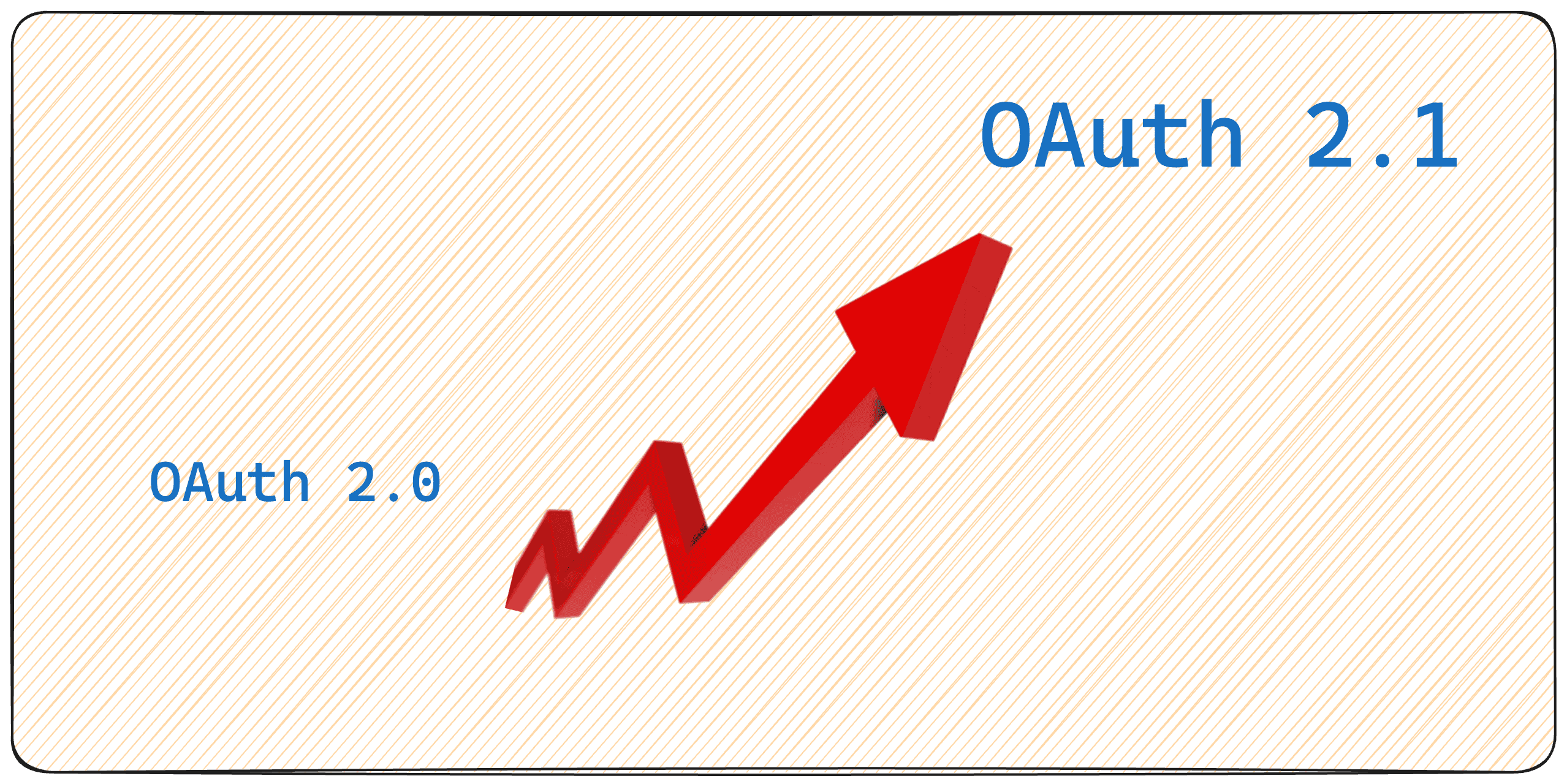OAuth 2.0 has been the backbone of secure authorization for web and mobile applications for almost a decade. With the digital landscape evolving rapidly, it’s time for a major update: OAuth 2.1.
This new version brings essential improvements, consolidating best practices and eliminating outdated features. If you’re a software engineer, navigating the ever-changing tech world, this blog post will help you understand what’s coming in OAuth 2.1 and how it will impact your projects.
What is OAuth 2.1?
OAuth 2.1 is the latest version of the OAuth protocol, designed to streamline and secure the authorization process. While OAuth 2.0 has served us well, it has some complexities and pitfalls that need addressing. OAuth 2.1 aims to simplify implementation, enhance security, and incorporate the best practices established over the years.
Key Changes
Here are the major changes and improvements you can expect:
- Simplification of Flows
- Removal of Implicit Grant Flow: OAuth 2.1 deprecates the implicit grant flow due to its security vulnerabilities. Now, the authorization code flow with PKCE (Proof Key for Code Exchange) is the recommended approach for all client types, including SPAs (Single Page Applications).
- Authorization Code Flow with PKCE: PKCE, initially designed for public clients, is now mandatory for all clients. This adds an extra layer of security by requiring a secret code challenge.
- Enhanced Security
- Mandatory HTTPS: OAuth 2.1 mandates the use of HTTPS to ensure that all communication between the client and server is encrypted, preventing man-in-the-middle attacks.
- Refresh Tokens: Use of refresh tokens is recommended for obtaining new access tokens without user interaction. OAuth 2.1 promotes secure handling of refresh tokens, including binding them to the client using them.
- Deprecation of Unused Features
- Removal of Password Grant: The resource owner password credentials grant, commonly known as the password grant, is deprecated due to its poor security practices. Instead, OAuth 2.1 encourages using more secure flows like the authorization code flow.
- Simplified Client Registration: Version 2.1 introduces a simplified client registration process, reducing the overhead and complexity involved in setting up OAuth clients.
- Improved Developer Experience
- Clearer Specifications: OAuth 2.1 includes clearer and more concise specifications, making it easier for developers to understand and implement correctly.
- Best Practices and Recommendations: The new version consolidates best practices, offering guidance on secure implementation, handling tokens, and ensuring robust security.
How to Prepare?
As a software engineer, staying ahead of the curve is crucial. Here’s how you can prepare for OAuth 2.1:
- Review Your Current Implementations: Assess your current OAuth 2.0 implementations. Identify any usages of deprecated features like the implicit grant flow or password grant and plan for migration.
- Adopt Authorization Code Flow with PKCE: If you’re not already using PKCE, now is the time to start. Update your authorization flows to incorporate this security measure.
- Enforce HTTPS: Ensure that all your OAuth endpoints are served over HTTPS. This might involve configuring your servers and updating your client applications to use secure URLs.
- Securely Handle Tokens: Review how your application handles access and refresh tokens. Implement secure storage and transmission practices to prevent token leakage.
- Stay Informed: Keep an eye on the official OAuth 2.1 specification and related announcements.
Does Keycloak Support OAuth 2.1?
Keycloak, has already been working on supporting the new standards and since version 24, you can reap the benefits.

Conclusion
OAuth 2.1 is a significant step forward in securing the authorization process for web and mobile applications. By simplifying flows, enhancing security, and deprecating outdated features, 2.1 makes it easier for developers to implement robust and secure authorization mechanisms.
As a software engineer, embracing these changes early will ensure that your applications remain secure and compliant with the latest standards. Review your current implementations, adopt the new best practices, and stay informed about upcoming changes. With this new version, you’ll be well-equipped to navigate the future of secure authorization.

